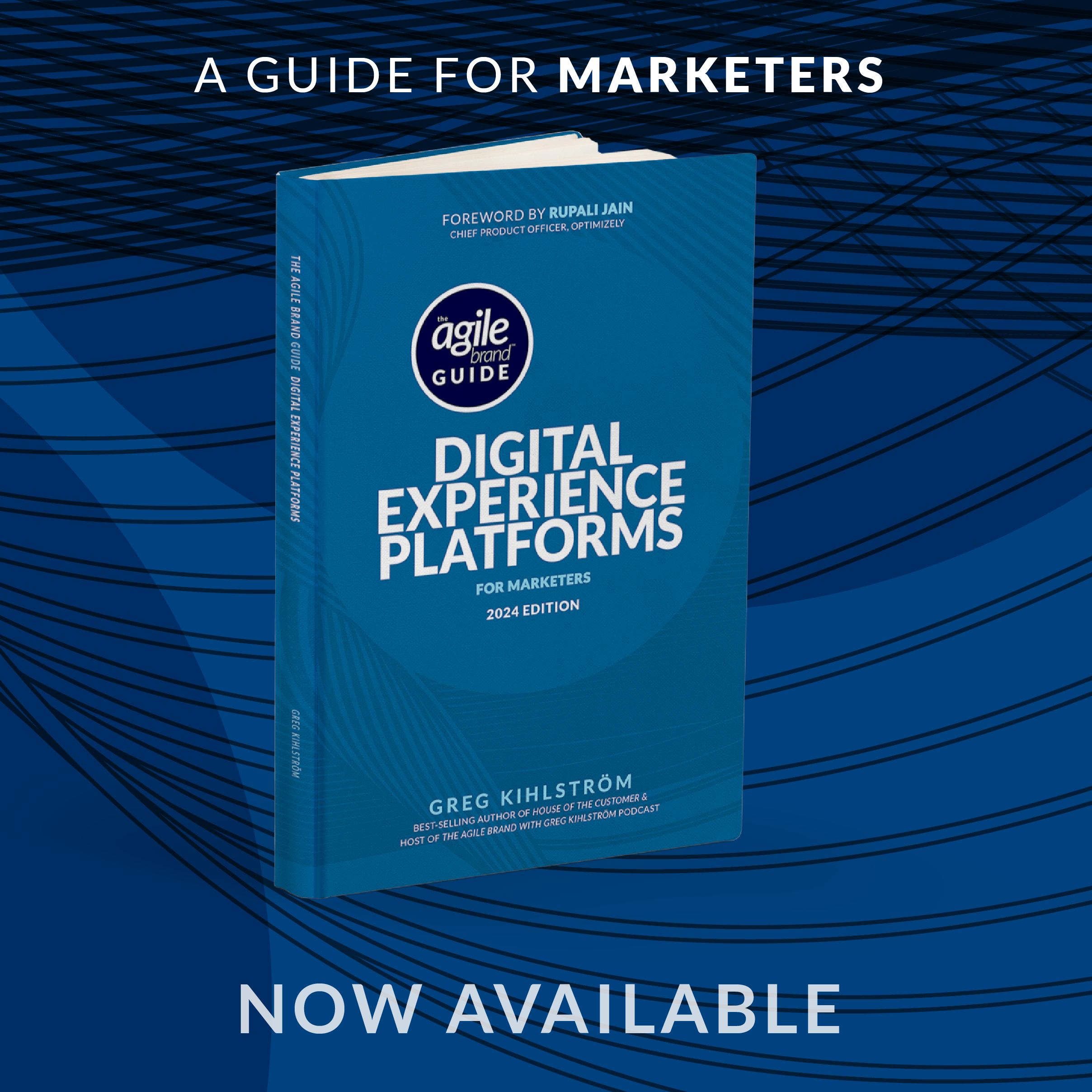It might feel like it goes without saying, but make sure you are keeping the customer front and center in your customer journey orchestration (CJO) efforts. Successful CJO must be centered around the customer, with their needs and preferences at the forefront of all efforts.
Here are three key aspects to focus on when designing a customer-centric approach to customer journey orchestration:
1. Customer needs and preferences: The primary goal of customer journey orchestration should be to ensure that customers get what they need and when, where, and how they need it. This requires a deep understanding of customer preferences, behavior, and motivations. By segmenting customers based on their needs and preferences, marketing teams can create personalized experiences that resonate with each individual customer.
2. Sustainable methods: Customer journey orchestration should not be a one-time project, but rather an ongoing effort that is sustainable and able to expand over time. This means using technology and processes that are scalable, repeatable, and adaptable to changing customer needs. By focusing on sustainable methods, marketing teams can ensure that their efforts continue to deliver value over the long term.
3. Continuous improvement: To truly deliver on the promise of customer journey orchestration, there must be a feedback loop and robust experimentation to continuously improve the customer experience. This means using data and analytics to measure the effectiveness of current efforts and identify areas for improvement. By continuously testing and refining their approach, marketing teams can ensure that they are delivering the most relevant, personalized experiences possible to their customers.
In practice, this might involve:
- Creating customer personas based on detailed data and analytics to understand individual customer needs and preferences.
- Using automation and personalization to deliver tailored experiences across multiple touchpoints and marketing channels.
- Implementing a feedback loop to capture customer insights and continuously improve the customer experience.
- Leveraging experimentation and A/B testing to refine and optimize the customer journey over time.
- Using data and analytics to measure the effectiveness of current efforts and identify areas for improvement.
By centering their approach around these three key aspects, marketing teams can ensure that their customer journey orchestration efforts deliver lasting value to their customers and drive long-term business growth.









